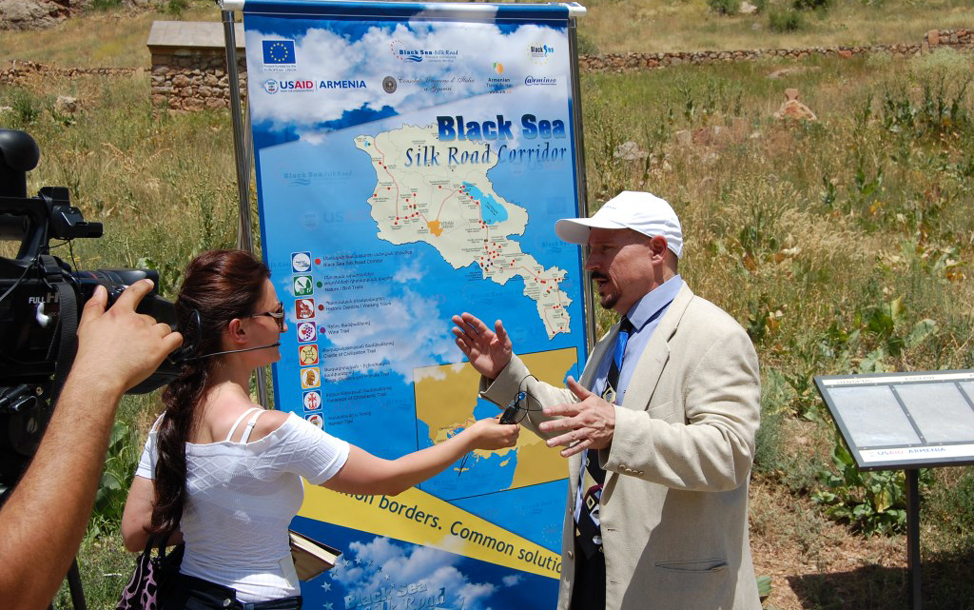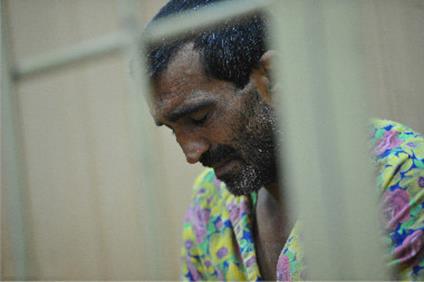From Greek Thessalonica to Armenian Meghri
Vayots Dzor — The Armenian, Georgian, Greek, and Turkish partners of the Black Sea Silk Road Corridor (BSSRC) Project celebrated the official trans-regional launch of the project at Noravank Monastery in Vayots Dzor, Armenia on July 16.
BSSRC is a joint-project between NGO partners in Georgia, Greece, Turkey, and Armenia to create a 3000 kilometer-long tourist trail stretching from Thessalonica, Greece to Meghri, Armenia. The project will also fund the development of applications for iPhones, iPads, Android and Windows smart phones and tablets.
The Project is funded by the EU office through its Black Sea Basin Joint Operational Programme, with co-financing for Armenia from the U.S. Agency for International Development (USAID) through its Enterprise Development and Market Competitiveness (EDMC) project.
U.S. Ambassador to Armenia John Heffern, Head of the EU Delegation to Armenia Traian Hristea, Ambassadors of Greece, Georgia, Italy and China, and representatives from the Armenian Ministries of Culture, Economy, Transport and Communication, as well as the Holy See Etchmiadzin delivered remarks during the event.
Participants watched performances from the Areni and ShatinVillage dancers and musicians, took part in a bread and salt ceremony with local villagers, toured the monastery complex, and visited a local winery.
“BSSRC is yet another chance to promote the Armenian civilization as part of the world’s cultural heritage. This project opens a cultural exchange with neighboring countries, which will also increase the competitiveness of the tourism industry and positively affect the quality of infrastructures and services. This project will enhance the significance of Armenia as a tourism destination, which is an important precondition for the sustainable development of the Armenian tourism industry,” noted Armenian Travel Bureau Head Hovhannes Margaryan.
“The Silk Road was an important trade route in history, and this historic destination contributed to the development of various countries. Today we are trying to revive the Silk Road Corridor as a tourism destination and a hidden treasure,” noted Firat Polat, Deputy President of the Economists’ Association from Turkey.
According to the Greek partner representative, Pyrrhus Mercouris, the new mobile phone technologies will allow visitors to access information and data about interesting places to visit and information on tourist services. This online system will be presented to tour agencies and tourism professionals, particularly focusing on how historic monuments and eco-sites are linked and displayed through GPS and on the mobile phone application, and how they can use the trail to promote tourism packages and thus make local attractions more accessible to tourists.
“This project links Georgia with Silk Road trails in Armenia, Turkey, and Greece, which is important in encouraging cross border communication and people-to-people understanding of the diverse cultures located along the Silk Road Corridor,” noted Simon Kopadze, Director of “Tadzreli” Foundation in Georgia.










